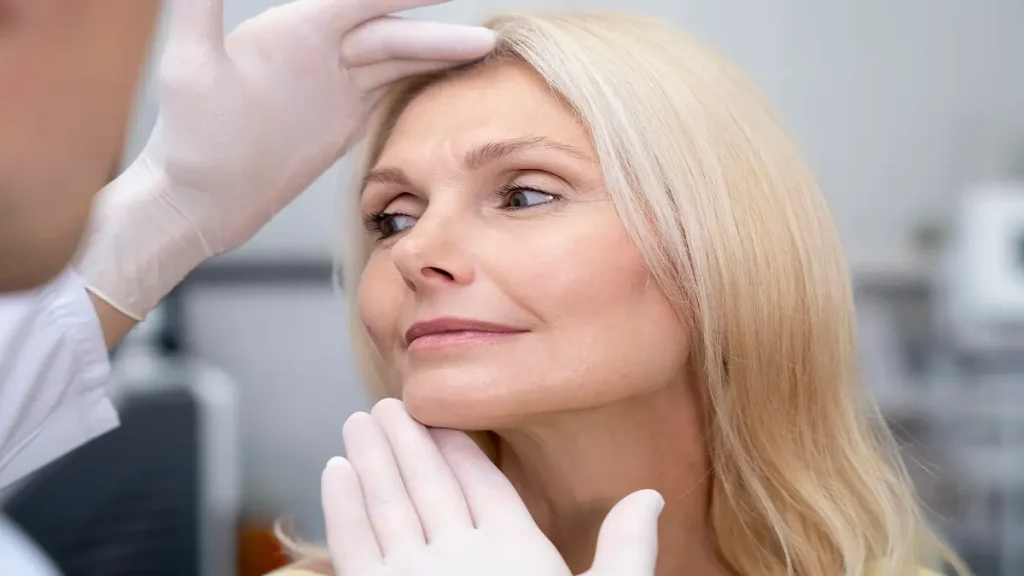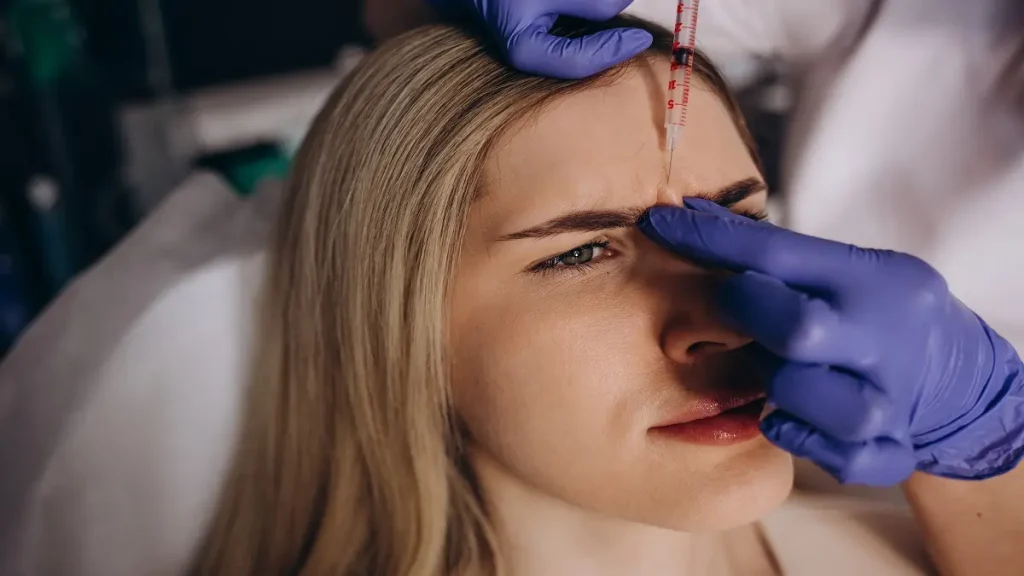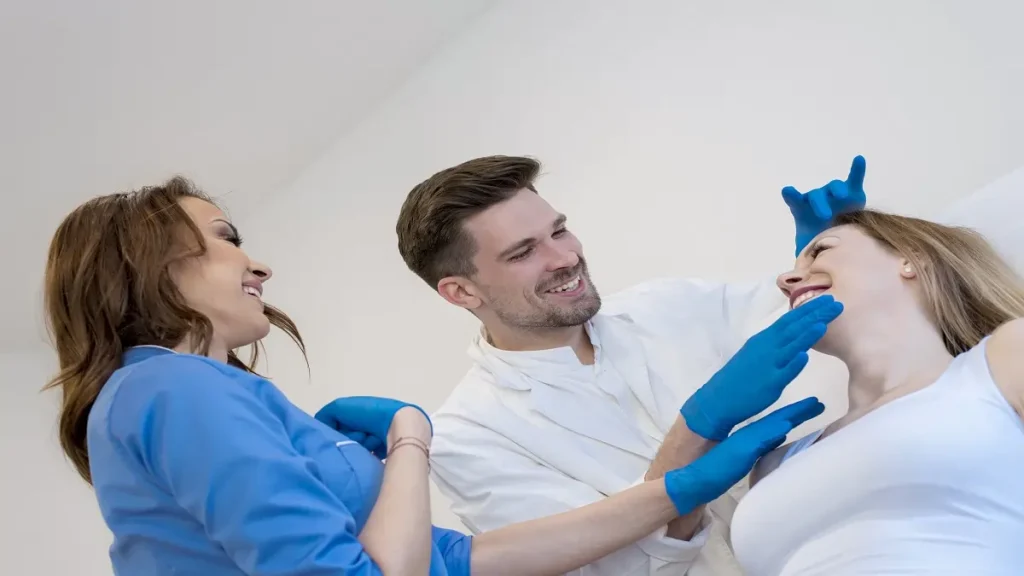Botulinum Toxin
What is Botulinum Toxin? Botulinum toxin, is toxin that is made by a bacteria called Clostridium botulinum. This toxin is a neuotoxin and acts to block the signal transmitted from the nerve ending that triggers the muscle to contract. In nature, this toxin can paralyze prey and result in death. The botulinum toxin has been […]











